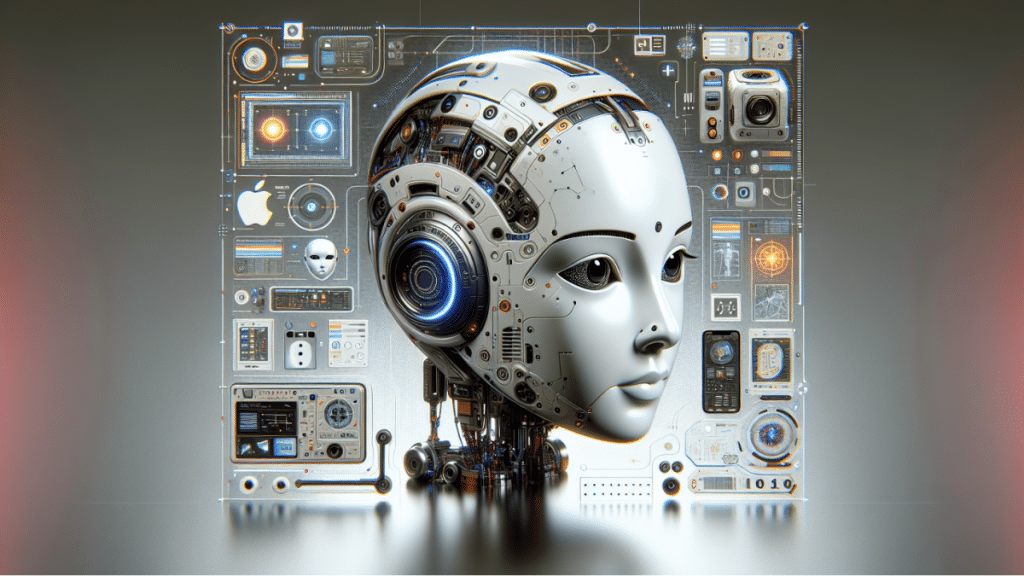What is OpenAI o1?
OpenAI o1 is an advanced artificial intelligence model developed by OpenAI. This AI model leverages cutting-edge deep learning techniques to facilitate a range of tasks, from understanding and generating human-like text to more complex problem-solving scenarios. OpenAI o1 stands as a testament to the remarkable advancements in AI technology, offering improvements in accuracy, efficiency, and versatility over previous iterations.
Significance in the AI Community
OpenAI o1 holds a prominent position in the AI community due to its robust capabilities and potential applications. Its significance is marked by its contributions to both academic research and commercial ventures. Researchers utilize OpenAI o1 to test new theories and enhance AI-related studies, while businesses leverage its capabilities to optimize operations, enhance customer service, and support decision-making processes.
OpenAI o1 is poised to continue shaping the future of artificial intelligence, contributing to a variety of fields and demonstrating the vast potentials of modern AI technology.
Deep Learning Capabilities
OpenAI o1 leverages sophisticated deep learning algorithms to process vast amounts of data. This model excels in recognizing intricate patterns and making accurate predictions. By using multiple layers of artificial neurons, OpenAI o1 can perform complex operations such as image recognition, speech identification, and more.
One notable aspect of its deep learning potential is its ability to adapt and improve over time without explicit programming. This feature makes it exceptionally useful in environments where data and conditions continually evolve.
Processing Speed
OpenAI o1 showcases impressive processing speed, making it a powerful tool for various AI applications. The model’s architecture is designed to handle large volumes of data quickly and efficiently. The following table illustrates the processing speed of OpenAI o1 in different scenarios:
These numbers are indicative of the model’s ability to perform complex tasks in a relatively short amount of time. The high processing speed is one of the key attributes that set OpenAI o1 apart from other AI models.
Scalability
Scalability is another vital aspect of OpenAI o1. The model is designed to scale efficiently, allowing it to handle increasing workloads without a significant drop in performance. Scalability is crucial for applications that require processing large datasets or handling multiple simultaneous tasks.
The table above demonstrates how OpenAI o1 maintains its efficiency even as the number of tasks increases. With minimal performance degradation, the model ensures consistent output quality, making it suitable for large-scale applications. For additional information on the scalability of OpenAI o1, visit our article on openai o1 technology.
By optimizing both processing speed and scalability, OpenAI o1 stands out as a highly efficient model in the AI community. These attributes contribute to its wide range of potential applications, from enhancing chatbots to supporting data analysis.
Open-Source Nature
OpenAI o1 exemplifies accessibility within the AI community through its open-source nature. By making its codebase freely available, OpenAI allows developers, researchers, and enthusiasts to explore, modify, and adapt the model to suit various applications. This democratization of AI technology ensures that innovations are not confined to a select few but can be widely distributed and applied.
One of the key benefits of open-source AI models like OpenAI o1 is the ability to foster collaborative advancements. Developers from around the globe can contribute to the code, improving its functionality, performance, and addressing any issues that may arise. This collaborative effort accelerates the development process and leads to more robust AI systems.
Addressing Bias and Fairness
AI systems, including OpenAI o1, are trained on vast datasets. These datasets can inadvertently carry biases from the real world, which AI models might then perpetuate or even exacerbate.
By adopting these strategies, OpenAI o1 aims to create more balanced AI outcomes, encouraging ethical use in applications such as openai o1 applications and enhancing chatbots.
